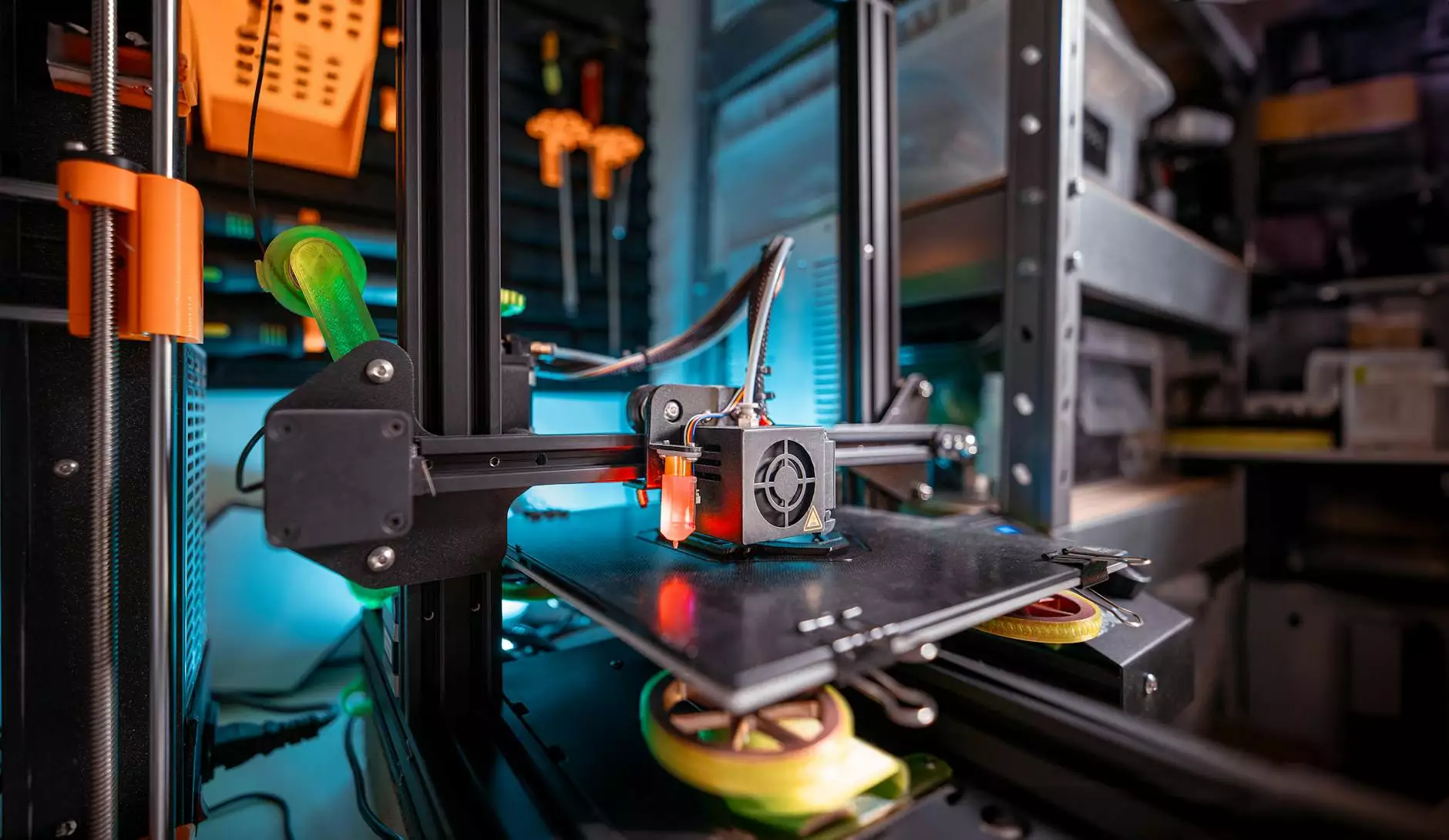The Ultimate Guide to UV Printing: Transforming Business Opportunities

In the world of modern printing services, technology continually evolves at a rapid pace, bringing new opportunities and enhancing efficiency. One such innovation that has greatly impacted the market is the UV printer. This technology is transforming how businesses approach their printing needs, resulting in high-quality outputs that meet diverse requirements. In this comprehensive guide, we explore the myriad benefits, applications, and the future of UV printing in business.
What is a UV Printer?
A UV printer utilizes ultraviolet light to cure or dry the ink as it is printed. This process allows for immediate handling without smudging or running, making it an efficient option for a variety of printing applications. Unlike traditional printing methods that rely on solvent or water-based inks, UV curing technology uses specially formulated inks that dry quickly and adhere to a wide range of materials.
How Does UV Printing Work?
The UV printing process involves several crucial steps:
- Preparation: The design is prepared using graphics software and sent to the printer.
- Printing: The printer lays down layers of UV ink on the substrate (the material being printed on).
- Curing: As the ink is applied, UV lamps immediately cure the ink, hardening it almost instantly.
- Finishing: After curing, the printed material can go through further finishing processes if required.
Benefits of UV Printing for Businesses
Businesses are increasingly investing in UV printers due to their numerous advantages. Here are some key benefits:
1. High-Quality Prints
The quality of prints produced by UV printers is exceptionally high. The technology allows for precise detailing and vibrant colors, making it ideal for applications that require stunning visuals.
2. Versatile Material Options
UV printing can be utilized on a wide array of materials, including:
- Wood
- Plastic
- Metal
- Glass
- Canvas
This versatility opens up numerous possibilities for brands looking to create unique products.
3. Environmentally Friendly
With UV printing, the ink used is generally free from harmful solvents and contains a lower level of volatile organic compounds (VOCs), making it a more eco-friendly option compared to conventional printing methods.
4. Faster Production Speeds
A significant advantage of UV printers is speed. Since the ink dries instantly under UV lamps, production time is greatly reduced, leading to faster turnaround times for projects.
5. Durability of Prints
The cured ink forms a solid bond with the substrate, resulting in prints that are not only vibrant but also durable. UV prints are resistant to scratching, fading, and weathering, thus increasing their lifespan.
Applications of UV Printing
UV printing's adaptability makes it an excellent choice for various industries. Some of the most common applications include:
1. Commercial Photography
Photographers often use UV printers for producing professional quality prints that highlight their artwork's vibrance and detail.
2. Product Packaging
Custom packaging solutions benefit immensely from the capabilities of UV printers, allowing for intricate designs and branding elements.
3. Promotional Materials
From brochures to business cards, UV printing is ideal for creating promotional materials that stand out and grab attention.
4. Signage
High-quality signage, including outdoor displays, can be printed using UV technology, which ensures visibility and impact.
5. Custom Merchandise
Businesses can create personalized items, such as gifts, souvenirs, and branded products, thanks to the flexibility offered by UV printers.
Choosing the Right UV Printer for Your Business
When investing in a UV printer, consider the following factors to ensure you choose the best option for your needs:
1. Print Size and Volume
Assess the maximum print size and volume you expect to produce. This will help you select a printer that meets your output requirements.
2. Material Compatibility
Ensure that the printer you choose can handle the types of materials you plan to print on, as some printers excel on specific substrates.
3. Printing Speeds
Evaluate the printer’s speed according to your production timelines. Faster printers will help you meet tight deadlines.
4. Resolution and Print Quality
Look for printers that offer high resolution for fine detail and vibrant color production to maintain quality outputs.
5. Cost of Operation
Consider the overall cost of ink, maintenance, and potential upgrades when calculating the total cost of ownership.
The Future of UV Printing in Business
The innovative capabilities of UV printers open up pathways for exciting developments in the field of printing. As technology advances, we can expect to see:
- Enhanced automation to improve efficiency.
- Broader material compatibility allowing for even more applications.
- Improved ink formulations for better adhesion and durability.
- Sustainability initiatives incorporating even greener technology.
Conclusion
In conclusion, as businesses strive for excellence and uniqueness in their products and services, the role of advanced printing technology becomes ever more critical. The UV printer stands out as a transformative tool, enabling high-quality output across a myriad of applications. With its numerous advantages, including speed, versatility, and durability, investing in UV printing technology can ultimately lead to greater customer satisfaction and business growth.
For businesses looking for reliable and innovative printing solutions, Boston Industrial Solutions offers a range of printing services tailored to meet diverse needs. Embrace the future of business with UV printing and unlock new opportunities today!









